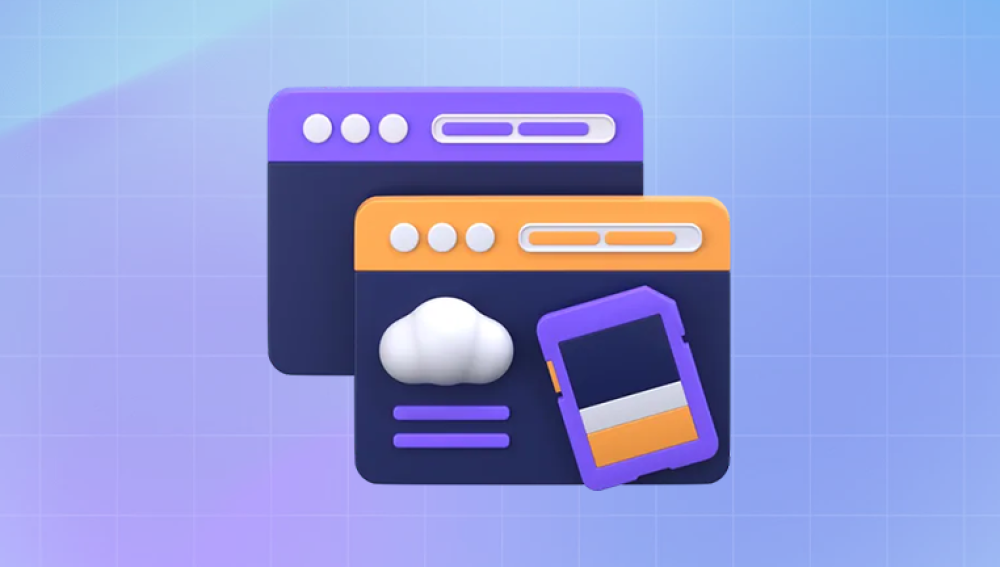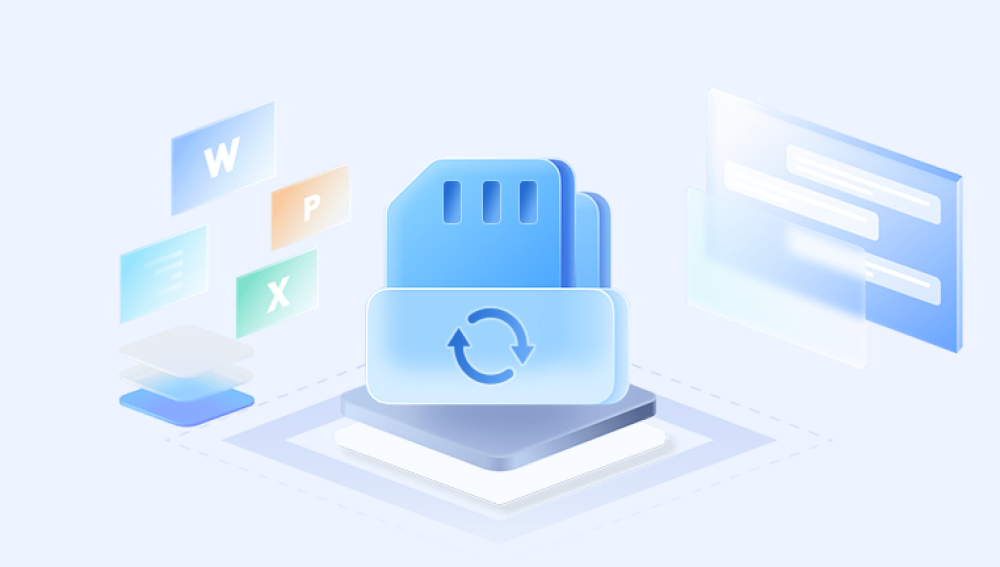Secure Digital (SD) cards are widely used in devices like cameras, smartphones, and tablets due to their convenience and portability. However, like any storage medium, SD cards can become corrupted, leading to data loss and accessibility issues. Understanding the signs of corruption, the causes, and how to diagnose problems can help you safeguard your data and make informed recovery decisions.
Symptoms of a Corrupted SD Card
Recognizing the signs of a corrupted SD card is the first step in addressing potential issues. Here are common symptoms to watch for:
Inability to Access Files
When you attempt to open files and receive error messages such as “File not found” or “Cannot open file,” this could indicate corruption.

Frequent Error Messages
Messages like “The disk is not formatted” or “You need to format the disk before you can use it” suggest that the file system may be corrupted.
File System Errors
If your device prompts you to reformat the SD card or indicates that the card is not recognized, these are clear signs of potential corruption.
Missing Files or Folders
If files or folders suddenly disappear from your SD card without any action on your part, this could be a symptom of corruption.
Slow Performance
A noticeable slowdown when accessing files, saving new data, or transferring files may indicate underlying issues with the SD card.
Unusual Sounds or Behavior
If you hear unusual clicking or grinding sounds from the card or the device it’s in, it may be a sign of physical damage or corruption.
Causes of SD Card Corruption
Understanding the causes of SD card corruption can help prevent future issues. Here are some common reasons:
Improper Ejection
Failing to properly eject an SD card from a device can lead to corruption, especially if data is being written at the time.
Power Failure
Unexpected power loss during file transfer or while the card is in use can disrupt the file writing process, leading to corruption.
File System Errors
File system errors can occur due to improper formatting, software crashes, or malware infections, rendering the card unreadable.
Physical Damage
Damage from drops, exposure to water, or extreme temperatures can physically affect the card, leading to corruption.
Frequent Formatting
Repeatedly formatting an SD card can wear down its cells, making it more susceptible to corruption.
Age and Wear
Like all electronic devices, SD cards have a finite lifespan. Over time, the likelihood of corruption increases as the card ages.
Diagnosing a Corrupted SD Card
If you suspect your SD card may be corrupted, follow these diagnostic steps:
Step 1: Check for Physical Damage
Visual Inspection: Examine the card for any visible signs of damage, such as cracks or bent pins.
Try Different Devices: Insert the SD card into another device (camera, phone, or computer) to see if the issue persists. This helps determine whether the problem lies with the card or the original device.
Step 2: Use a Computer to Test the Card
Insert the SD Card: Connect the card to your computer using a card reader or USB adapter.
Check for Recognition: Open the file explorer and see if the card is recognized. If it appears, note any unusual behavior, such as slow access or missing files.
Step 3: Run Error Checking Tools
Most operating systems have built-in tools to check for disk errors:
Windows:
Right-click on the SD card in File Explorer and select Properties.
Go to the Tools tab and click on Check under Error checking.
Follow the prompts to scan and fix any file system errors.
Mac:
Open Disk Utility from Applications > Utilities.
Select the SD card from the sidebar and click on First Aid to check for errors and repair them.
Step 4: Use Data Recovery Software
If your SD card is recognized but you suspect corruption:
Download Recovery Software: Drecov Data Recovery
Follow Software Instructions: Run the software, select the SD card, and initiate a scan to identify recoverable files.
Recovery Options for a Corrupted SD Card
If you confirm that your SD card is corrupted, you have several recovery options available:
Option 1: Use Data Recovery Software
Data recovery software is often the first line of defense against data loss:
Choose a Reliable Tool: Select a reputable recovery program based on your needs and expertise.
Scan the Card: Use the software to scan the SD card for recoverable files, following the prompts to complete the process.
Option 2: Format the SD Card
If recovery software cannot retrieve your files and you’re prepared to lose all data:
Back Up Any Remaining Files: Before formatting, ensure you have backed up any remaining accessible data.
Format the Card:
Windows: Right-click the SD card in File Explorer, select Format, choose the file system (FAT32 for cards up to 32GB, exFAT for larger cards), and click Start.
Mac: Open Disk Utility, select the card, and choose Erase, selecting the appropriate format.
Option 3: Seek Professional Data Recovery Services
If the data is crucial and recovery attempts have failed, consider professional services:
Cost Considerations: Professional recovery can be expensive, typically ranging from $100 to $1.500. depending on the complexity of the issue.
Choose a Reputable Service: Research and select a professional service with positive reviews and a good track record in data recovery.
Preventing Future SD Card Corruption
To minimize the risk of SD card corruption, follow these best practices:
Eject Properly: Always eject the SD card safely from devices before removal.
Avoid Interruptions: Do not remove the card while data is being transferred.
Use Quality Cards: Invest in high-quality SD cards from reputable brands to ensure reliability.
Regular Backups: Frequently back up important files to another device or cloud storage.
Limit Formatting: Only format the card when necessary, and avoid excessive reformatting.
Keep Cards in a Safe Place: Store SD cards in protective cases and away from moisture or extreme temperatures.
Identifying a corrupted SD card early can help you mitigate data loss and avoid potential headaches. By recognizing the symptoms, understanding the causes, and utilizing effective diagnostic and recovery methods, you can safeguard your data and maintain the integrity of your storage devices. Remember to adopt preventive measures to minimize future risks and ensure your valuable memories and files remain safe.




